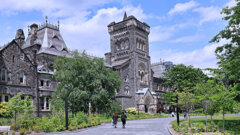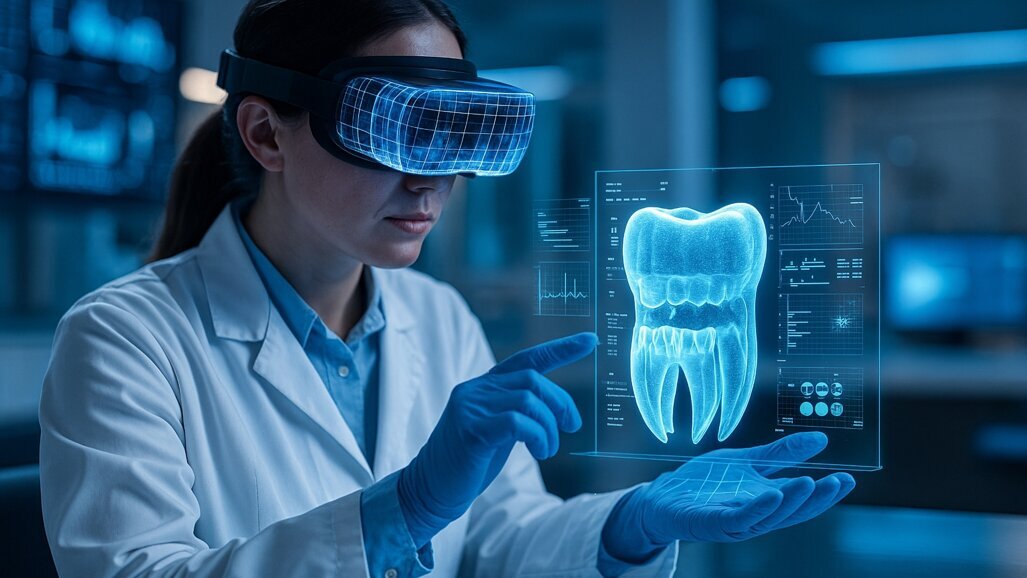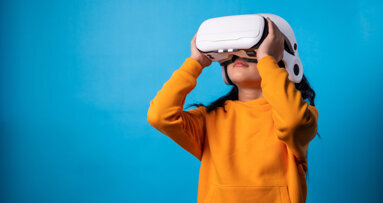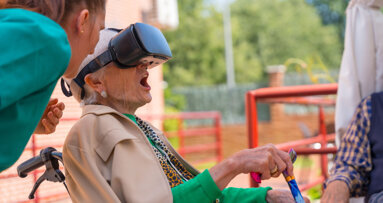DOHA, Qatar: Virtual reality (VR) is rapidly gaining ground in dental training, particularly for restorative dentistry. A new bibliometric study from a team of researchers in Qatar has mapped the global research landscape, highlighting trends, leading contributors and critical gaps that must be addressed if immersive technologies are to fulfil their potential in education and practice.
The study analysed 434 publications and identified 62 that directly examined VR in restorative dentistry. It reveals a sharp rise in output since 2019, reflecting both technological advances and the accelerated adoption of digital learning during the pandemic.1
Geographically, the US, the UK and the Netherlands emerged as the most productive nations, and Harvard University, the University of Leeds and the Academic Centre for Dentistry Amsterdam lead in institutional contributions. Despite this, the authors found relatively low levels of international and interdisciplinary collaboration, underlining a need for stronger global research networks.
The most cited article focused on the role of haptic dental simulators in developing motor skills, demonstrating how tactile feedback can support more effective preclinical training. Broader findings point to VR’s capacity to improve manual dexterity, knowledge retention and clinical confidence. However, the review also identified challenges: a lack of standardisation in study design, limited long-term data and the financial barriers that still restrict access to advanced simulation systems. The authors conclude that VR holds clear promise as an adjunct to traditional dental training, but stress that wider collaboration and more robust evidence are required to embed it effectively into curricula worldwide.
The bibliometric findings align with a growing body of evidence. A recent narrative review in the Journal of Dental Sciences mapped the use of VR and augmented reality in surgical training, showing how real-time overlays improve precision in implant placement and immersive simulations accelerate skill acquisition.2
Outside academia, leading institutions and industry innovators are already putting these insights into practice. For example, New York University in the US announced in December 2024 that it had integrated VR into its dental programmes, offering students fully immersive training environments.
Together, these developments highlight a field in transition, moving beyond experimental trials towards widespread integration. The new bibliometric study provides the clearest map yet of how VR in restorative dentistry has evolved—and where it must go next.
Editorial note:
List of references
- Matoug-Elwerfelli M, Daud A, Ali K, Abdou A. Virtual reality in restorative dentistry: a bibliometric analysis of research trends. BDJ Open. 2025 Sep 2;11(1):77. doi: 10.1038/s41405-025-00364-2.
- Lin PY, Chen TC, Lin CJ, Huang CC, Tsai YH, Tsai YL, Wang CY. The use of augmented reality (AR) and virtual reality (VR) in dental surgery education and practice: a narrative review. J Dent Sci. 2024 Dec;19(Suppl 2):S91–101. doi: 10.1016/j.jds.2024.10.011.
Tags:
STRASBOURG, France: Dental anxiety is a widespread concern in paediatric dentistry, often leading to treatment interruption or even the complete avoidance ...
KUOPIO, Finland: In recent years, virtual reality (VR) and haptic technologies have been increasingly integrated into dental curricula alongside ...
KUOPIO, Finland: Once considered science fiction, haptics-enhanced virtual reality (VR) training now plays a supportive role in dental simulation practice ...
RIYADH, Saudi Arabia: Every dental clinician in the world will, at some point, treat a patient with a form of mental disability, and according to recent ...
Live webinar
Wed. 14 January 2026
12:00 pm EST (New York)
Dr. Théo Laplane, Dr. Robert Gottlander DDS
Live webinar
Fri. 16 January 2026
12:00 pm EST (New York)
Live webinar
Mon. 19 January 2026
1:00 pm EST (New York)
Philipp Kopp, Michael Seeber
Live webinar
Thu. 22 January 2026
9:00 am EST (New York)
Prof. Judith Jones D.D.S; M.P.H., Prof. Kakuhiro Fukai D.D.S., Ph.D, Dr. Bathsheba (Bethy) Turton
Live webinar
Thu. 22 January 2026
2:00 pm EST (New York)
Dr. Nicola M. Grande DDS, PhD
Live webinar
Wed. 28 January 2026
8:00 am EST (New York)
Live webinar
Wed. 28 January 2026
11:00 am EST (New York)
Prof. Dr. Jan-Frederik Güth



 Austria / Österreich
Austria / Österreich
 Bosnia and Herzegovina / Босна и Херцеговина
Bosnia and Herzegovina / Босна и Херцеговина
 Bulgaria / България
Bulgaria / България
 Croatia / Hrvatska
Croatia / Hrvatska
 Czech Republic & Slovakia / Česká republika & Slovensko
Czech Republic & Slovakia / Česká republika & Slovensko
 France / France
France / France
 Germany / Deutschland
Germany / Deutschland
 Greece / ΕΛΛΑΔΑ
Greece / ΕΛΛΑΔΑ
 Hungary / Hungary
Hungary / Hungary
 Italy / Italia
Italy / Italia
 Netherlands / Nederland
Netherlands / Nederland
 Nordic / Nordic
Nordic / Nordic
 Poland / Polska
Poland / Polska
 Portugal / Portugal
Portugal / Portugal
 Romania & Moldova / România & Moldova
Romania & Moldova / România & Moldova
 Slovenia / Slovenija
Slovenia / Slovenija
 Serbia & Montenegro / Србија и Црна Гора
Serbia & Montenegro / Србија и Црна Гора
 Spain / España
Spain / España
 Switzerland / Schweiz
Switzerland / Schweiz
 Turkey / Türkiye
Turkey / Türkiye
 UK & Ireland / UK & Ireland
UK & Ireland / UK & Ireland
 Brazil / Brasil
Brazil / Brasil
 Canada / Canada
Canada / Canada
 Latin America / Latinoamérica
Latin America / Latinoamérica
 USA / USA
USA / USA
 China / 中国
China / 中国
 India / भारत गणराज्य
India / भारत गणराज्य
 Pakistan / Pākistān
Pakistan / Pākistān
 Vietnam / Việt Nam
Vietnam / Việt Nam
 ASEAN / ASEAN
ASEAN / ASEAN
 Israel / מְדִינַת יִשְׂרָאֵל
Israel / מְדִינַת יִשְׂרָאֵל
 Algeria, Morocco & Tunisia / الجزائر والمغرب وتونس
Algeria, Morocco & Tunisia / الجزائر والمغرب وتونس
 Middle East / Middle East
Middle East / Middle East










































To post a reply please login or register